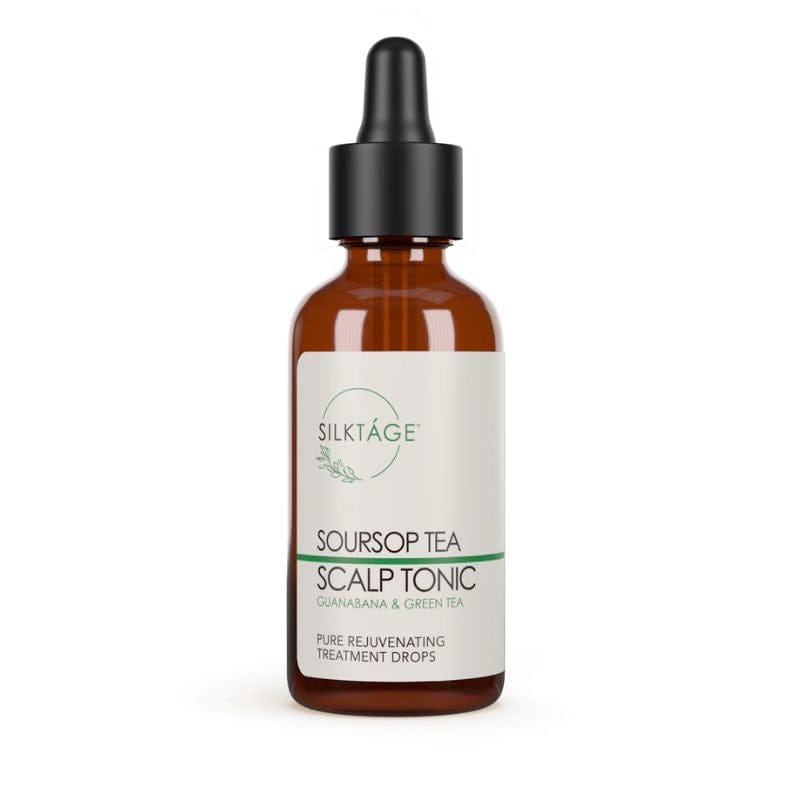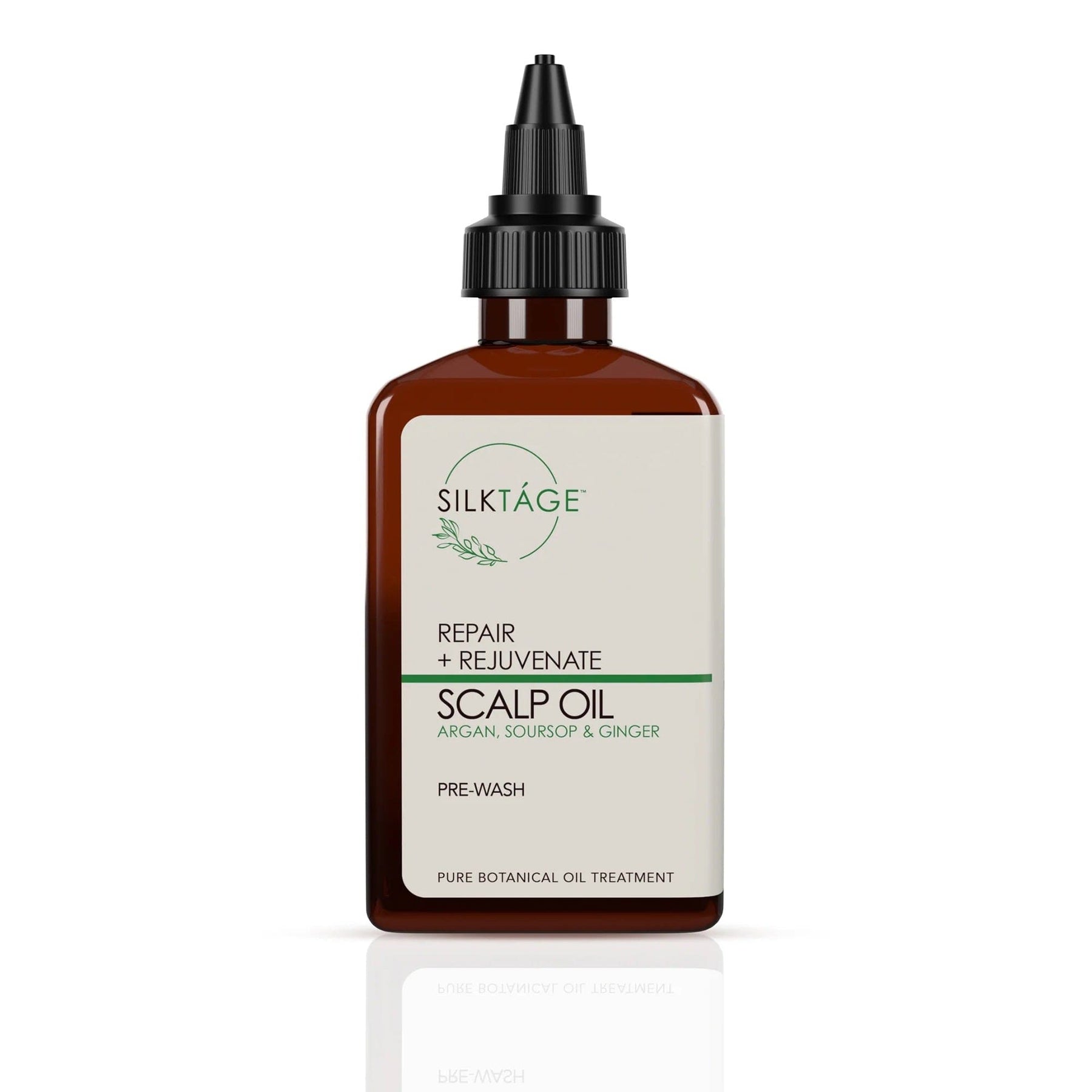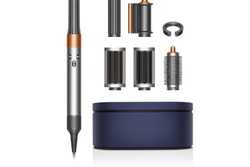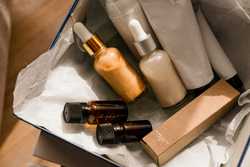How to Repair Damaged Hair

Our evaluations and opinions are not influenced by our advertising relationships, but we may earn a commission from our partners’ links. This content is created by TIME Stamped, under TIME’s direction and produced in accordance with TIME’s editorial guidelines and overseen by TIME’s editorial staff. Learn more about it.
As a full-time travel journalist and wildlife photographer, I find myself in a lot of situations with my hair full of dirt, grit, and twigs —from the mineral waters of the Blue Lagoon in Iceland and the salty Dead Sea in Israel, to exploring the world's oceans and trekking through the rainforest. So, I was excited to connect with Robin Emtage, celebrity hairstylist, makeup artist, and founder of SILKTÁGE Tropical Beauty Fusion for Skin, Hair, & Scalp, on how to repair damage done thanks to years of hair dryers, straightening, curling, and adventure.
The first step is figuring out how to tell if you have damaged hair, followed by if it can be repaired. Can you really repair hair that’s been severely damaged? “Yes and no. While you can't completely 'repair' damaged hair, you can significantly improve its texture, strength, and appearance, which may feel like a repair,” said Emtage. “Using targeted treatments and carefully chosen products can help reduce breakage, smooth the cuticle, and restore a healthy shine to your hair.”
Damaged hair can be the result of several factors.
It’s common to dye your hair or get highlights, but chemicals can damage your natural hair. “Chemical processes like dying and relaxing not only break down hair proteins but can also alter the pH balance of the scalp, contributing to additional hair weakness and scalp issues,” said Emtage.
With heatless curl solutions all over TikTok, it seems like more people are realizing that heat isn’t great for your hair. “Heat styling with tools such as straighteners and curling irons can cause thermal damage that temporarily changes the shape of the hair proteins, leading to cuticle damage, split ends, and frizz,” said Emtage.
It’s great to be out in nature, but some environmental situations can cause damage to your hair. “Environmental factors such as sun exposure, wind, and pollution can lead to oxidative stress, which degrades the hair's natural proteins and pigments, accelerating aging and dryness,” said Emtage.
“Physical stress from rough combing, brushing, and towel drying can create tiny ruptures in the hair cuticle, making the hair more susceptible to further damage and split ends,” said Emtage.
It’s always good to continue seeing your doctor and getting yearly bloodwork and checkups to ensure you don’t have nutritional deficiencies. “Nutritional deficiencies impact not only the growth rate of hair but also its strength and resilience, as hair relies on a steady supply of nutrients like protein, vitamins, and minerals,” said Emtage.
Try to find gentle, natural shampoos to protect your hair from damage. “Shampoos with harsh and synthetic ingredients like sulfates, parabens, and sodium laureth sulfate can strip dry or fine hair of its natural oils, leading to increased fragility and breakage,” said Emtage.
Pulling your hair too tight can potentially cause problems, damaging your hair. “Tight hairstyles, such as pulling hair back in tight buns or up-dos, can exert excessive tension on the hair shafts, particularly at the roots, potentially leading to traction alopecia and breakage around the hairline,” said Emtage.
When it comes to caring for damaged hair, there are a few tools to keep in your back pocket.
Make sure you’re cleaning your hair regularly. “Gentle cleanse with mild, sulfate-free shampoos that clean without removing the natural hair oils. This includes the scalp, where health directly impacts hair quality,” said Emtage.
Just like a good skin care routine, it’s important to take care of your scalp. “Scalp care is crucial, as a healthy scalp promotes healthy hair growth. Regular scalp massages can increase blood flow and prevent build-up, which supports stronger hair growth and reduces the risk of inflammation and irritation,” said Emtage. “Consider using a scalp treatment—especially if it's dry or flaky, to maintain its health and prevent further hair damage—such as SILKTÁGE Soursop Tea Scalp Tonic.”

Conditioning your hair can help keep it soft and healthy. “Weekly deep conditioning masks provide a concentrated dose of restorative ingredients that deeply nourish and repair the hair shaft, promoting a smoother, more luminous appearance,” said Emtage. “Applying these masks from roots to tips can benefit the scalp as well.”
Natural oil treatments can work wonders on damaged hair. “Nourishing oils such as argan or coconut oil are beneficial for their emollient properties, which can seal in moisture and provide essential fatty acids to help replenish hair lipids,” said Emtage.
Whenever possible, try not to use heat tools on your hair. “Reducing heat styling by using lower temperatures and heat-protectant products helps minimize protein loss and retain moisture, which is beneficial for both hair and scalp health,” said Emtage.
Schedule trims to keep your hair healthy. “Regular trims are essential not only for aesthetic reasons but also to prevent mechanical damage from spreading, as split ends can lead to further weakening of the hair structure,” said Emtage.
If you’ve done a lot of bleaching, dyeing, and highlights, try protein treatments. “Strengthen your hair with protein treatments that help rebuild the keratin structure, followed by rich moisturizing treatments to restore hydration and seal in moisture,” said Emtage.
Your hair has gone through some harsh times with heat tools like hair dryers, so if you have to use them, make sure you use a heat protectant. “Regular use of heat protectants forms a barrier that minimizes moisture loss and cuticle damage. Alternating with air drying can also relieve your hair from constant heat exposure,” said Emtage.
If your hair tends to get tangled a lot, try using certain tools to ease the breakage and avoid potential damage. “Gentle detangling techniques and the use of seamless, snag-free combs or brushes can significantly reduce the risk of hair breakage,” said Emtage.
When it comes to protecting and managing damaged hair, there are a few things you can try.
Be selective about the brushes you use on your hair. “Brush carefully with technologically advanced brushes specifically designed to minimize pain and breakage, enhancing the detangling process without stressing the hair,” said Emtage.
Be diligent about using sun protection for your hair. “Protect hair from the sun using styling products that contain UV filters, which help shield the hair from harmful rays that can exacerbate dryness and fading,” said Emtage.
Consider trying new pillowcases to prevent breakage or damage from friction. “Switch to silk or satin pillowcases, which not only help reduce friction, but also help maintain the hair’s hydration levels overnight — unlike cotton, which can absorb moisture from the hair,” said Emtage.
Pamper your hair with an oil treatment. “[Use a] pre-shampoo oil treatment like SILKTÁGE Repair + Rejuvenate Scalp Oil to protect the hair from the drying effects of shampoo while offering nourishment and nutrients to the hair and scalp,” said Emtage.

If your hair has really seen better days, there are ways to start fresh.
Get a proper cut to get rid of the damage and split ends. “Cutting off damaged ends not only helps improve the hair's appearance but also reduces the weight on the hair shaft, easing tension and preventing further mechanical damage,” said Emtage.
Try some higher-end treatments to restore your healthy hair. “Bond-building treatments repair disulfide bonds within the hair structure, which are often broken during chemical processing or under thermal stress, thus restoring internal strength and flexibility,” said Emtage.
“Hot oil treatments are excellent for deeply conditioning and strengthening the hair,” said Emtage. “They provide intense moisture and can help restore elasticity, especially when used regularly.”
It’s always best to get something personalized for your hair needs. “Professional advice can lead to personalized treatment plans that address both the visible symptoms and underlying causes of hair damage, using advanced hair care technologies and techniques,” said Emtage.
There are plenty of things you can try first, but a trim can provide a fresh start and can be helpful after severe damage.
Yes, oil treatments can be great for deep conditioning the hair. Your hair feels nice and silky smooth, and they work to repair some of that long-term damage. Hair growth products aside, using oils to treat the damage first is essential.
Yes, castor oil can be used. “Use pure castor oil to help manage split ends and improve the health of damaged edges. Castor oil is rich in ricinoleic acid, a type of fatty acid found to enhance the health of the hair follicles and, in turn, promote hair growth and protect against hair loss,” said Emtage.
The information presented here is created by TIME Stamped and overseen by TIME editorial staff. To learn more, see our About Us page.



